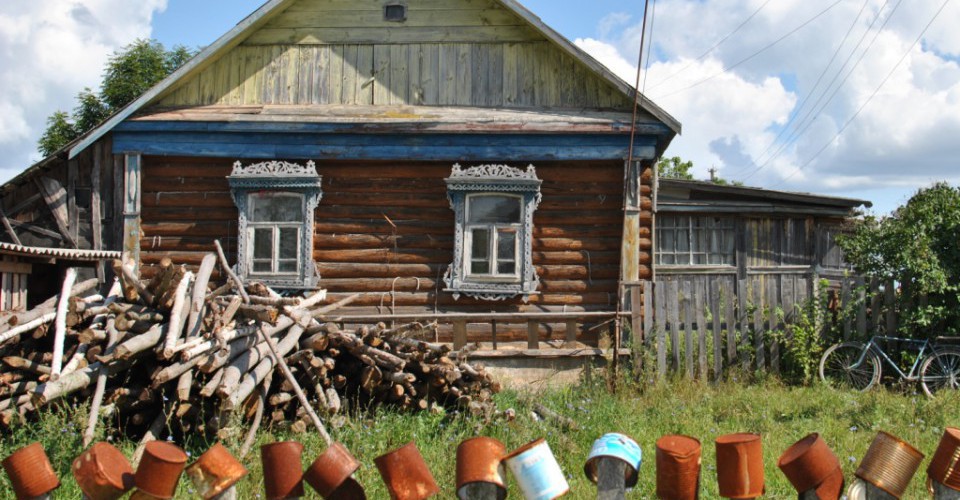
Guest post by Katie Stewart
In Varieties of Russian Activism, my chapter starts off the section on “The Building Blocks of Everyday Activism: Identity, Networks, and Social Trust.” Cultural spaces and events like national theaters and concerts, can serve as ideal spaces for fostering these building blocks. As the Russian political space for electoral politics and protesting closes, the cultural sphere remains a viable space for activism, especially concerning politics related to language and identity. Although government engagement with and management of cultural activity has been increasing, such as through the 2022 executive order on the “preservation and strengthening of traditional Russian spiritual and moral values” and the ensuing creation of Cultural Front of Russia divisions in Russia’s regions, it is not possible to entirely shut down the use of culture for alternative identity and political community building. Doing so would delegitimize the use of these venues and cultural forms for pro-regime activity.
In the chapter, I examine how regime supporters and anti-regime activists both utilize these cultural spaces in the capital cities of three of Russia’s ethnic republics, Karelia, Tatarstan, and Buryatia. Like that of many other authors in this book, this work contributes to the decentering of Moscow and the Kremlin in our approach to understanding Russian politics. People experience politics, and especially policies and activities aimed at nation-building, close to home. My comparative regional approach examines variation and similarities in how people engage with national theaters, concert halls, and other venues using observations from fieldwork and interviews conducted in 2014 and 2015-2016.
Some of the venues and activities I examine are connected to Soviet-era legacies. For example, the regional capitals, Petrozavodsk, Kazan, and Ulan-Ude, each have national theaters that were utilized in the early 20th century to promote regional language and culture as a means for bringing people across the USSR into the socialist project. Today, these theaters still receive government funding and support to put on plays and other activities in minority languages. When people come together to watch a play in the Karelian, Tatar, or Buryat language, they are supporting those languages at a time when their promotion is challenged through restrictive educational policies and clamp downs on language activist protest (see Guzel Yusupova’s contribution to this volume). While this activity does fall within the boundaries of permissible engagement with minority languages set by the government, it can still provide opportunities for those “building blocks of everyday activism” to form.
Cultural activities can serve multiple purposes that are both activism in their own right and can provide the foundation for future activism in other forms. First, they can promote and construct an identity linked to the particular language, dance form, composer, etc. featured at the event. Minority language learners can use a play for practice, or non-ethnic Russian cultural figures can gain a larger following, for example. Second, they are an opportunity for bonding over a shared experience of that identity, potentially strengthening community ties and revealing preferences. Audience members see others attending, cheering, and showing interest in the same language or topic that may be counter to the pro-regime line. Third, they are sites for Scott’s (1990) infrapolitics, or hidden politics that don’t appear political or threatening to government censors and officials, but that can convey messages intelligible to the opposition, pushing back against centralizing nation-building policies.
As the government tightens controls on language, culture, and values, it differentiates treatment of cultural activities. Promotion of Karelian language is okay within the bounds of the National Theater of the Republic of Karelia, but its promotion is not permitted through granting it official language status or through Nuori Karjala’s UN funding and engagement with Finnish groups, which resulted in a “foreign agent” label in 2015. Still, even the government funded cultural spaces can be sites for contestation over national identity and language politics. In the chapter, I demonstrate how the degree of this contestation varies across the capital cities and is shaped by regional contexts related to history, international ties, and intergroup relations..
